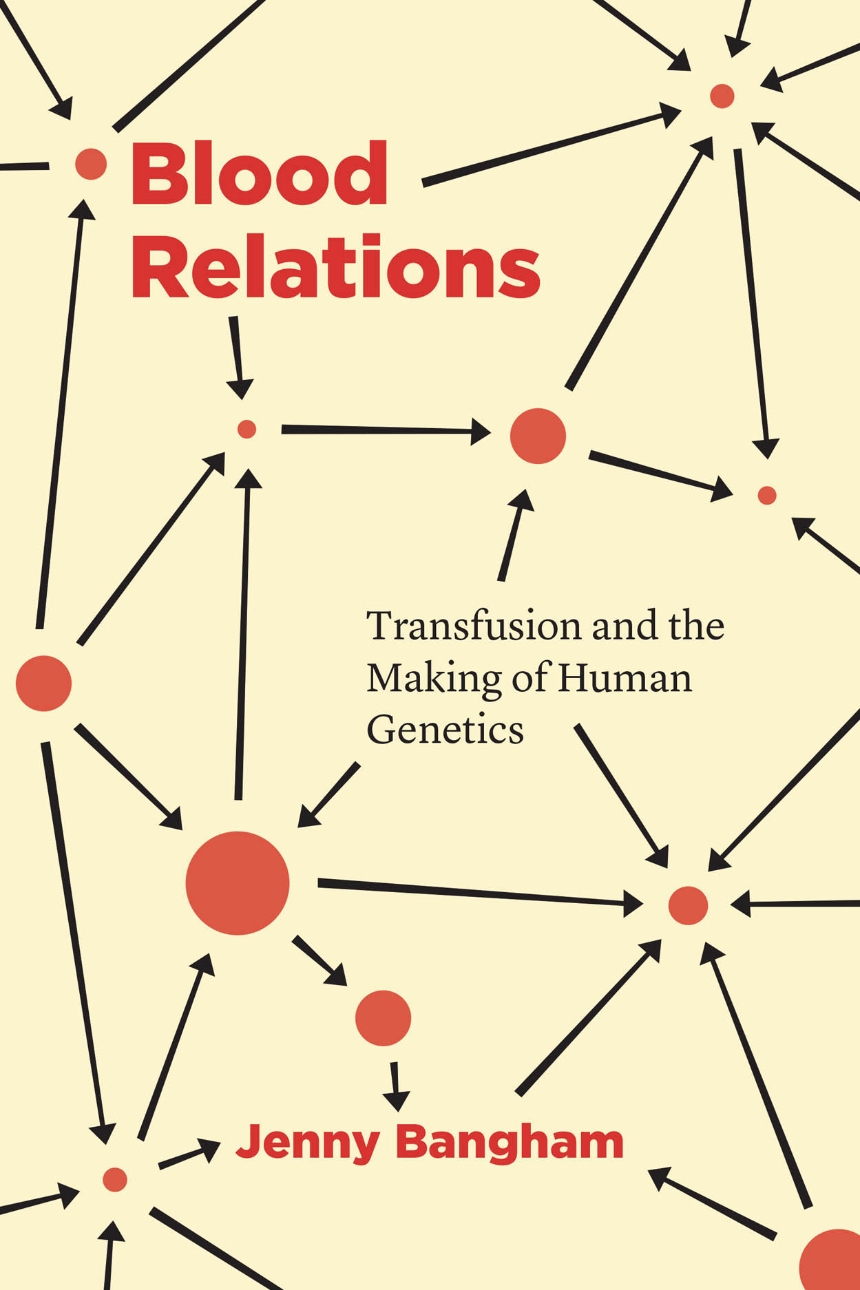Blood Relations
Transfusion and the Making of Human Genetics
9780226740034
9780226739977
9780226740171
Blood Relations
Transfusion and the Making of Human Genetics
Publication supported by the Bevington Fund
Blood is messy, dangerous, and charged with meaning. By following it as it circulates through people and institutions, Jenny Bangham explores the intimate connections between the early infrastructures of blood transfusion and the development of human genetics. Focusing on mid-twentieth-century Britain, Blood Relations connects histories of eugenics to the local politics of giving blood, showing how the exchange of blood carved out networks that made human populations into objects of medical surveillance and scientific research. Bangham reveals how biology was transformed by two world wars, how scientists have worked to define racial categories, and how the practices and rhetoric of public health made genetics into a human science. Today, genetics is a powerful authority on human health and identity, and Blood Relations helps us understand how this authority was achieved.
Reviews
Table of Contents
Prefatory Note
Introduction: Blood, Paper, and Genetics
1. Transfusion and Race in Interwar Europe
2. Reforming Human Heredity in the 1930s
3. Blood Groups at War
4. The Rhesus Controversy
5. Postwar Blood Grouping 1: The Blood Group Research Unit
6. Valuable Bodies and Rare Blood
7. Postwar Blood Grouping 2: Arthur Mourant’s National and International Networks
8. Organizing and Mapping Global Blood Groups
9. Blood Groups and the Reform of Race Science in the 1950s
10. Decoupling Transfusion and Genetics: Blood in the New Human Biology
Conclusion: Blood and Promise
Acknowledgments
Glossary
Sources
Notes
Bibliography
Index
Glossary
Sources
Notes
Bibliography
Index
